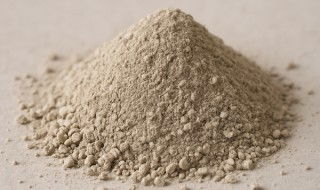HeidelbergCement, Holcim, Kalk Vielseitig Faszinierend Wetroll, Shell, Total, Lhoist and VDZ are among a collaboration of companies and private stakeholders that have signed an open letter for the national and regional governments of The Netherlands, Belgium, Flanders, Wallonia and North Rhine-Westphalia to accelerate and deepen collaboration on industrial transformation planning.
The cross-border nature of some of these industries calls for cross-border government efforts to decarbonise. The participants of the letter call for a common vision and strategy to realise a CO2 transport and storage infrastructure that accelerates industrial decarbonisation and structural emission reductions. This is an integral part of infrastructure for climate neutrality, besides an enlarged electric grid and hydrogen pipelines.
Asa substantial part of the European basic materials production happens in industrial clusters in north-western Europe, the letter stresses that Governments need to take the lead in foreseeing the cross-border infrastructure needed to make the large-scale emission reductions possible.
The call for action requests to:
• set up a cross-border CO2 transport and storage infrastructure working group
• take a leading role in defining the framework conditions for CCS
• develop a common legal framework
• provide the necessary funding framework
• acknowledge and standardise the multi-modal and multi-purpose nature of CO2 transport and storage infrastructure
• ensure that infrastructure can be expanded to connect to other industrial clusters further inland (for example in Germany and France).
The European Green Deal aims to reduce greenhouse gas emissions from the European Union by 55 per cent in 2030 and to reach net zero in 2050. Of these emissions, 18 per cent originates from the production of basic materials like steel, cement, lime, ferro-alloys, aluminium and chemicals (ammonia, methanol, ethylene and propylene).
